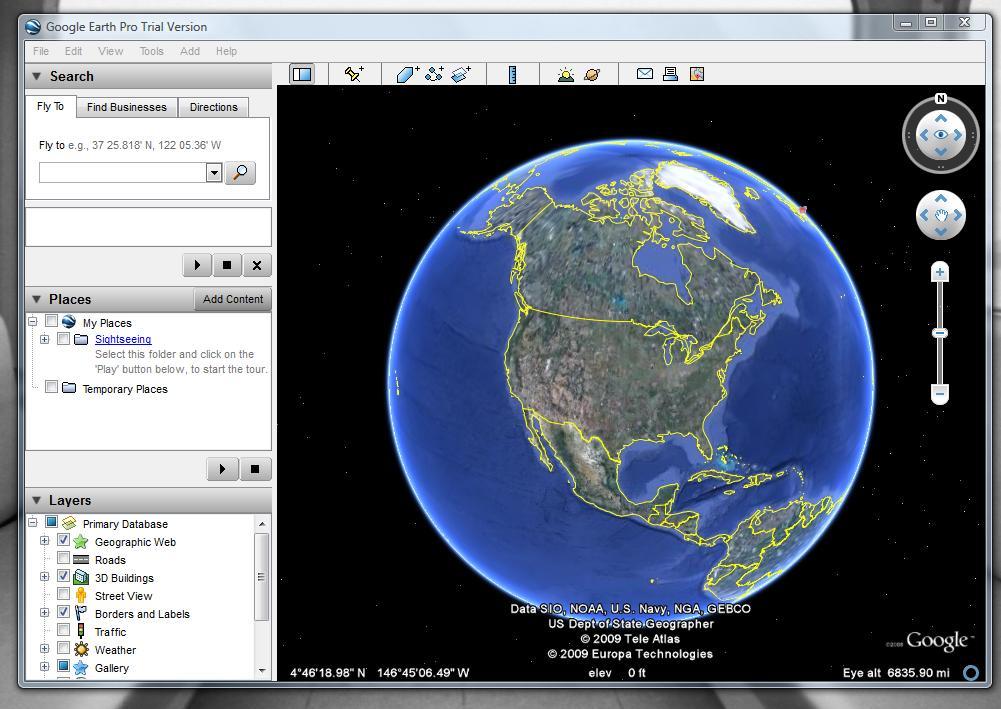

This covered the entire width of the island, from Wallsend on the River Tyne in the east to Bowness-on-Solway in the west.


The length of the wall was 80 Roman miles (a unit of length equivalent to about 1,620 yards or 1,480 metres), or 73 modern miles (117 kilometres). Limes and Hadrian's Wall (Latin with English subtitles) The wall lies entirely within England and has never formed the Anglo-Scottish border, though it is often loosely or colloquially described as being such. Hadrian's Wall marked the boundary between Roman Britannia and unconquered Caledonia to the north. The turf-built Antonine Wall in what is now central Scotland, which briefly superseded Hadrian's Wall before being abandoned, was declared a World Heritage Site in 2008. It was designated as a UNESCO World Heritage Site in 1987. Regarded as a British cultural icon, Hadrian's Wall is one of Britain's major ancient tourist attractions. The largest Roman archaeological feature in Britain, it runs a total of 73 miles (117.5 kilometres) in northern England. Many of the excavated forts on or near the Wall are open to the public, and various nearby museums present its history. None of it stands to its original height, but modern work has exposed much of the footings and some segments display a few courses of modern masonry reconstruction. Almost all of the standing masonry of the Wall was removed in early modern times and used for local roads and farmhouses. Hadrian's Wall Path generally runs very close to the Wall. The upright stones on top of it are modern, to deter people from walking on it. A view of Hadrian's Wall showing its length and height.


 0 kommentar(er)
0 kommentar(er)
